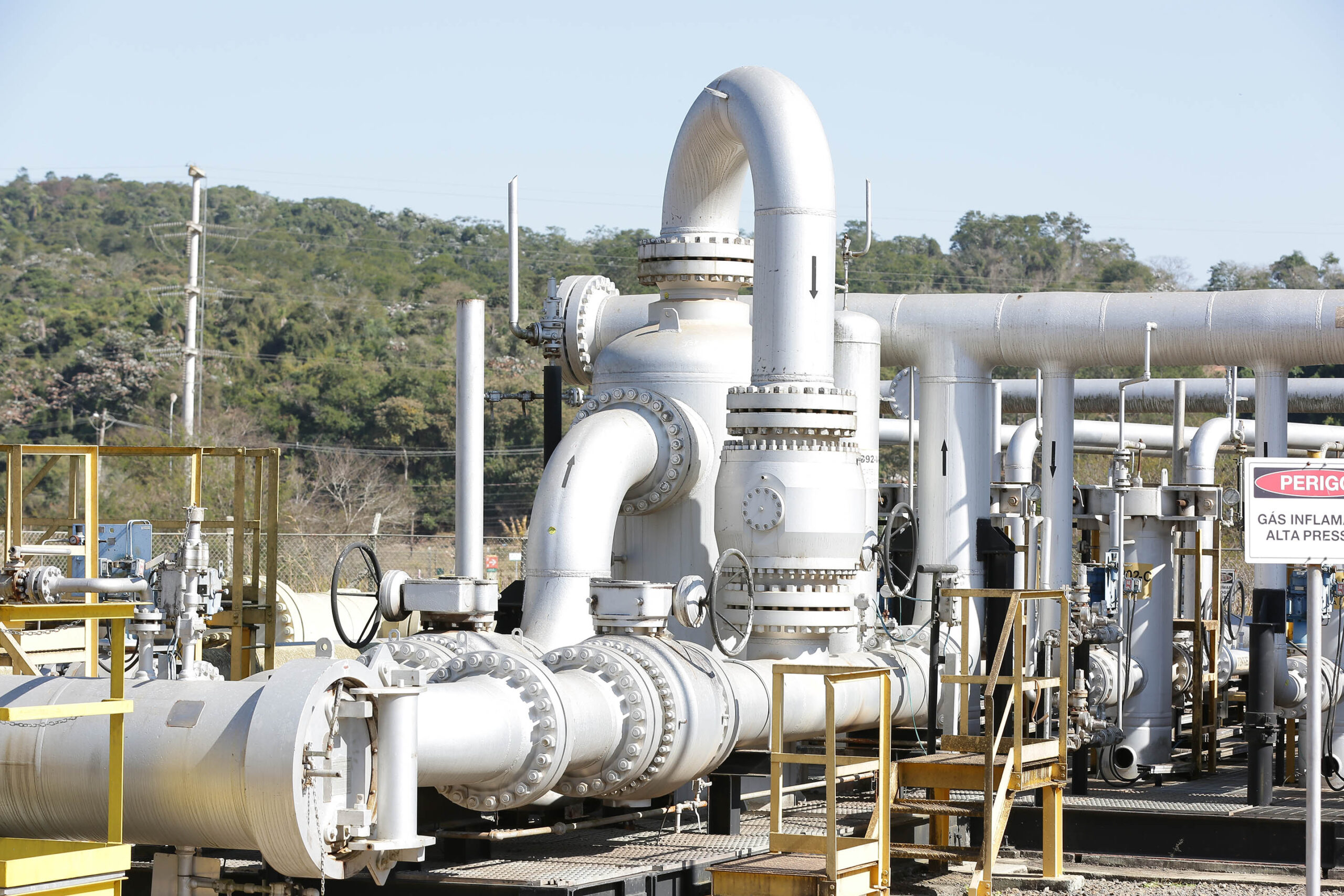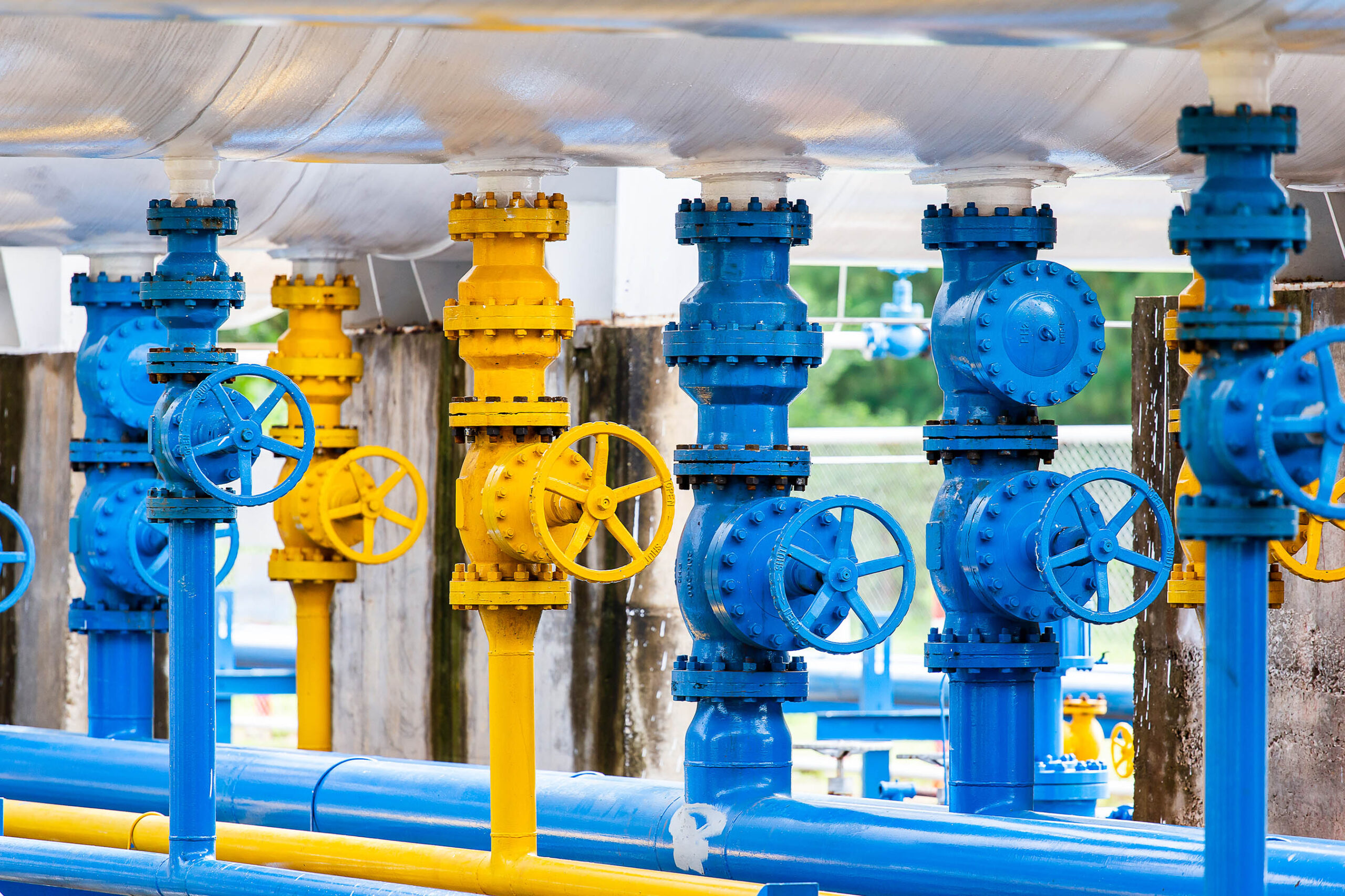The need to reduce global carbon emissions is recognised by the vast majority of governments and companies around the world. What is still unclear is how humanity will manage to reach its ambitious climate targets. The scientific community, as well as manufacturers in various sectors, have proposed numerous solutions to meet this challenge. One of these is CCUS (carbon capture, use and storage) technologies. With the adoption of the Greend Deal, CCUS technologies have become an increasingly important part of the EU's decarbonisation efforts.
CCS DIRECTIVE
Within the European Union, the legal framework for environmentally safe geological storage of CO₂ was initiated by the so-called CCS DirectiveDirective 2009/31/EC, issued on 23 April 2009. This covers the storage of CO₂ in geological formations in the EU for the lifetime of the storage sites. It also contains provisions on the capture and transport components of CCS, although these activities are mainly covered by existing EU environmental legislation such as the Environmental Impact Assessment (EIA) Directive or the Industrial Emissions Directive, together with the amendments introduced by the CCS Directive.
Among the issues mentioned in the CCS Directive:
- Requirements are set for the selection of CO₂ storage sites. A site can only be selected if a prior analysis shows that there is no significant risk of leakage or damage to human health or the environment. No geological storage of CO₂ shall be carried out without a storage permit.
- Substances captured for storage must be largely CO₂ to prevent any negative effects on the security of the transport network or storage site.
- The Directive also covers closure and post-closure obligations and sets criteria for the transfer of responsibility from the operator to the Member State, as well as financial guarantees before the actual injection of CO₂.
- Operators are included in the Emissions Trading Scheme, which ensures that, in the event of a leak, they must surrender allowances for any resulting emissions. Liability for local environmental damage is dealt with using the Environmental Liability Directive. Liability for damage to health and property is left to regulation at Member State level.
In 2023, the European Commission is expected to present a communication on a strategic vision for carbon capture, use and storage (CCUS), EU Energy Commissioner Kadri Simson said in 2022.

Metal industry - one of the main beneficiaries of CCUS technologies
This strategy is absolutely necessary because the EU will need to capture and use or store between 300 and 640 million metric tonnes of CO₂ per year by 2050 to meet net zero targets.
Ongoing CCS projects in Europe
Although the legal framework was outlined a few years ago, CCS projects have not developed significantly. Today, they are stimulated by increasingly strong environmental policies and in view of 2030, when the EU has set a target of 55% lower emissions than in 1990. Interest in carbon capture and storage (CCS) technology has also been supported in the private sector by the strong increase in the cost of carbon certificates.
Here are some CO₂ storage projects planned or under development in Europe, both within the EU and in non-EU countries, according to Reuters.
NORWAY
Northern Lights can capture up to 1.5 million tonnes per year (mtpa) of CO₂ in the saline aquifer near the Troll gas field from mid-2024. There are plans to increase storage capacity to 5-6 mtpa, depending on demand.
Smeaheia - injection potential of up to 20 mtpa, starting from 2027/2028.
Equinor, which was awarded the exploration licence in 2022, said it aims to inject CO₂ captured from its hydrogen production as well as to industrial customers in Europe. The final investment decision is expected in 2025.
Moon - storage capacity up to 5 mtpa. Location: approximately 120 km west of Bergen. The partner companies received the exploration licence in October.
Havstjerne - potential capacity to inject 7 million tonnes of gas each year.
GREAT BRITAIN
Acorn CCS - off the coast of Scotland to develop a storage site with an annual capacity of 5-10 mtpa of CO₂ by 2030.
Viking CCS - 10 mtpa of CO₂ storage capacity by 2030 in the depleted Viking gas field in the southern North Sea. It plans to start injecting CO₂ in 2027, initially at a rate of 2 mtpa CO₂, increasing to 10 mtpa by 2030 and 15 mtpa by 2035.
Northern Endurance - storage capacity of around 20 mtpa of CO₂ in the southern North Sea from 2030.The project aims to store CO₂ emissions captured at the Teesside and Humberside industrial clusters.
HOLLAND
Porthos - storage of 2.5 mtpa of CO₂ in depleted Dutch gas fields in the North Sea.
DENMARK
Bifrost - 3 mtpa of CO₂ in depleted Harald gas fields in the Danish North Sea from 2027, with an increase in capacity to more than 10 mtpa by 2030.
GERMANY
The CO₂ Wilhelmshaven . The aim is to build a CO₂ liquefaction and temporary storage facility at Wilhelmshaven. The CO₂ could then be transported to permanent storage sites in the North Sea. Capacity: 1 mtpa of CO₂ from 2026.
GREAT BRITAIN
HyNet North West aims to convert gas and fuel gas from the Stanlow refinery in Cheshire into low-carbon hydrogen by capturing and transferring the CO₂ produced in the process to offshore storage in Liverpool Bay. Salt caverns will also be used as a repository.

CO₂ deposits often use the infrastructure of oil and gas companies
BULGARIA
ANRAV will connect CO₂ capture facilities at HeidelbergCement's Devnya cement plant with permanent offshore storage in the depleted Black Sea gas field. Operations start in 2028 and the estimated capacity is 800,000 tonnes of CO₂ per year.
FRANCE
PYCASSO -project to capture carbon from industries in south-western France and northern Spain. Storage will be in a depleted gas field in Aquitaine.
Through these projects, the EU can become a world leader in decarbonisation, with the benefit of the continuity of certain energy sectors, such as oil and gas, and the creation of highly skilled jobs. Industry, one of the main beneficiaries of the CCUS projects, will also benefit and will be able to produce the necessary products on the European continent at a competitive price.





